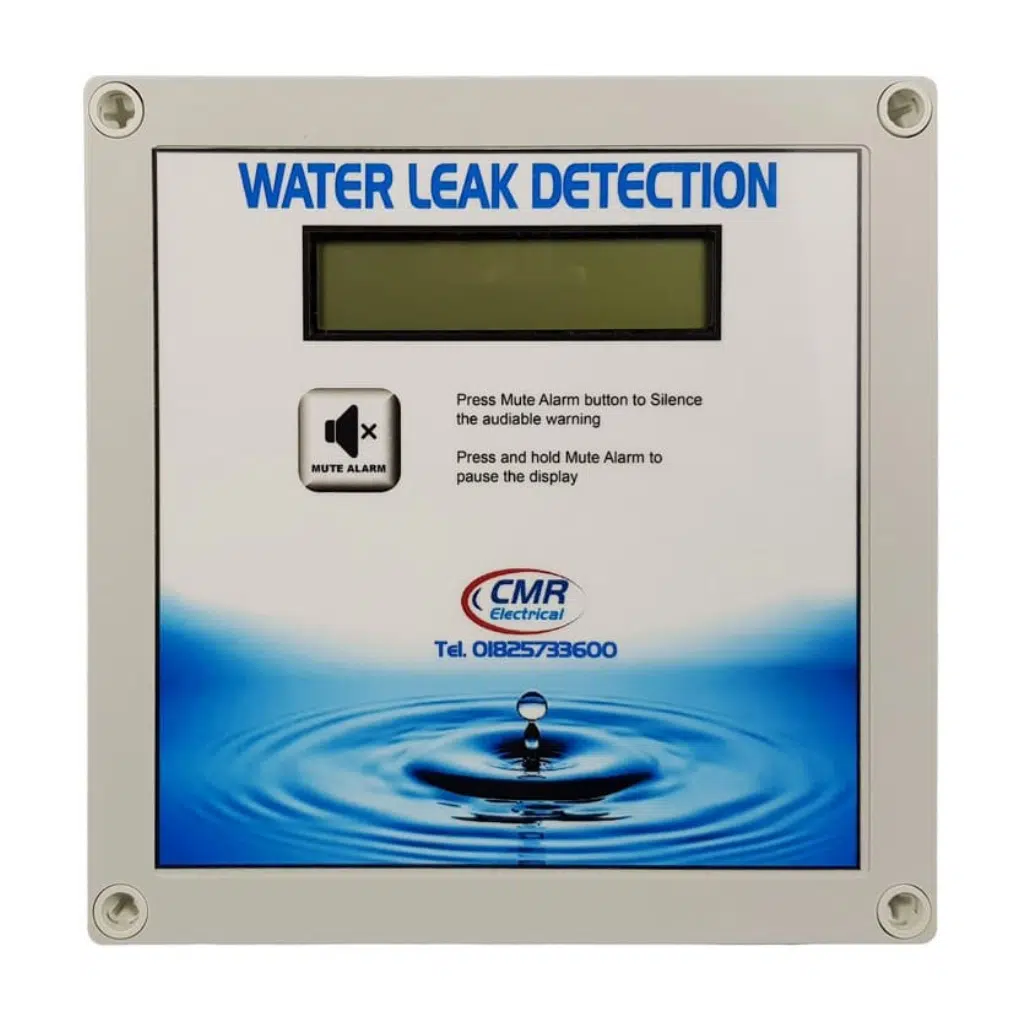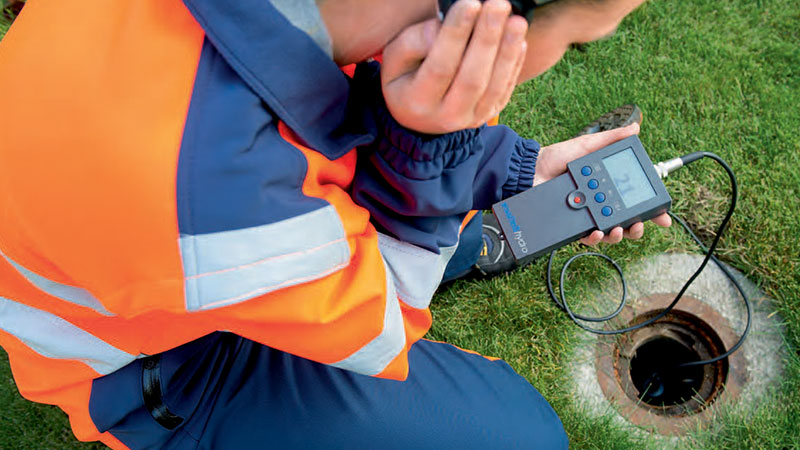Innovative Solutions for Early Detection of Water Leakages in Structures and Framework
From innovative leakage discovery modern technologies to the release of IoT sensing units for real-time monitoring, the landscape of leak avoidance is progressing swiftly. Automated water circulation analysis systems are improving just how leakages are determined and resolved, leading the way for an aggressive strategy to water leakage discovery.
Advanced Leakage Detection Technologies
Advanced leakage discovery innovations, furnished with advanced sensors and formulas, play a crucial role in quickly identifying and determining water leakages in different setups. These innovations employ a mix of acoustic, thermal, and electromagnetic noticing methods to discover leaks accurately. Acoustic sensors detect the sound of getting away water, enabling specific localization of the leakage source. Thermal imaging discovers temperature changes triggered by water leak, offering an additional reliable technique for leak recognition. Electromagnetic sensing units can recognize modifications in magnetic fields triggered by water, offering yet one more layer of leakage discovery ability.

IoT Sensors for Real-Time Monitoring
In the realm of modern-day water leakage detection, the combination of IoT sensing units for real-time tracking stands for a critical advancement in enhancing positive leakage detection capacities. These sensing units provide continuous tracking of water supply, providing real-time information on water circulation rates, stress variations, and temperature modifications. By leveraging IoT modern technology, these sensors can discover even the tiniest anomalies in water usage patterns, allowing early recognition of prospective leaks prior to they escalate into major concerns.
IoT sensors send information to a centralized platform, where sophisticated algorithms assess the information and generate alerts or notifications when abnormalities are detected. This real-time surveillance ability enables home owners or facility managers to quickly address leakages, minimizing water damage, reducing repair service expenses, and saving water resources.
Additionally, IoT sensing units can be incorporated with building administration systems, enabling automated actions to spotted leaks, such as closing off water valves or triggering pumps to mitigate the effect of leaks. Overall, the implementation of IoT sensing units for real-time tracking substantially enhances the effectiveness and efficiency of water leak discovery in structures and infrastructure.
Equipment Discovering Algorithms for Leak Prediction

One trick benefit of using artificial intelligence for leakage prediction is its capacity to constantly learn and boost its precision over time. As even more data is collected and fed right into the algorithm, it can improve its forecasts and adapt to transforming conditions, ultimately raising the integrity of leakage detection systems.
Furthermore, device learning formulas can assist in identifying refined signs of leaks that may go unnoticed by typical monitoring techniques. water leak detection. By examining intricate data sets in real-time, these formulas can supply very early cautions and notifies, allowing for timely intervention and preventative upkeep to minimize possible water damages and connected prices
Utilizing Thermal Imaging for Leak Discovery
Thermal imaging innovation supplies a promising method for finding water leaks in various systems and facilities. By making use of infrared radiation and temperature variations, thermal imaging cameras can determine surprise leaks that are not quickly noticeable to the nude eye. When water gets away from pipelines or structures, it usually changes the temperature level of the bordering area, developing temperature differentials that thermal electronic cameras can catch. These temperature level irregularities are browse this site then equated into noticeable pictures, highlighting the exact area of the leakage.
Among the essential advantages of thermal imaging for leak detection is its non-intrusive nature. Unlike conventional methods that may require burglarizing wall surfaces or floorings to find leaks, thermal imaging enables non-destructive testing. This not only conserves time and lowers prices but also lessens interruption to the structure or facilities being examined. Additionally, thermal imaging can quickly check large locations, giving a comprehensive overview of potential leakage resources in a prompt fashion. On the whole, the usage of thermal imaging modern technology boosts the effectiveness and accuracy of water leakage discovery, making it a beneficial tool for preserving the stability of buildings and infrastructures.
Automated Water Flow Evaluation Solutions
How can computerized water flow evaluation systems reinvent the detection and administration of leakages in different systems and frameworks? Automated water flow evaluation systems provide an aggressive approach to leak discovery by continuously checking water circulation prices and patterns. By establishing standard information, these systems can rapidly recognize variances that might indicate a leakage, enabling timely treatment to stop considerable damage.
These systems use innovative click this site algorithms to evaluate real-time information and provide instant signals when anomalies are found, allowing for swift action to be taken. Furthermore, automated water flow analysis systems can be incorporated with structure monitoring systems or IoT platforms, enhancing general effectiveness and making it possible for remote monitoring capabilities.
Moreover, the information gathered by these systems can be utilized for predictive maintenance purposes, helping to identify possible powerlessness in the framework prior to leakages happen. In general, the implementation of automated water circulation evaluation systems can dramatically boost his explanation leak detection and management techniques, inevitably causing cost savings, reduced water wastefulness, and raised sustainability in structures and facilities.

Final Thought
In verdict, the assimilation of innovative leakage detection technologies, IoT sensors, artificial intelligence formulas, thermal imaging, and automated water circulation analysis systems uses cutting-edge remedies for very early discovery of water leakages in structures and infrastructure. These technologies enable real-time tracking, forecast of leakages, and effective discovery techniques to stop water damages and waste. Carrying out these options can assist in keeping the honesty and sustainability of water supply in numerous setups.